
Nutritional Milestones by Age
Explore this list of milestones in nutrition, by age.
The early years are important for developing healthy habits for life, especially as children begin to develop more independence. Here are age-by-age milestones and tips.
Most babies are ready for solid food at six months; click here for information on breastfeeding and starting solid foods, and check out this list of portions and serving sizes, which naturally vary by age. As they transition to solid food, remember that learning to eat—using their jaws to chew and their mouths to swallow in a new way—takes time! This new experience of using their senses and holding their own food is big. They likely won’t be able to eat enough to satisfy themselves, which is why milk is still important.
1-year-olds’ eating habits can feel unpredictable! They may show much less appetite, or may refuse food after a few bites—that’s because their growth is slowing down a bit, so they don’t need quite as much food. Just holding a spoon is a big step in learning what eating is all about—a great example of how food is about the mind as well as the body! You can: Provide choices from all five food groups and let your child experiment with a variety of tastes and textures.
2-year-olds can be easily distracted at feeding time, but they’re big enough to use spoons and drink from cups. They’re developing more of their own individual tastes and may say no to certain foods; letting you know of their desires is one more way of showing you how much they’re growing! You can: Offer three healthy meals a day (try for the same food the rest of the family is having, and eat together as a family), plus one or two snacks.
3-year-olds may have very specific preferences, and they can change from day to day! They’re now more likely to do well interacting and participating in family meals. You can: Continue to offer a choice of healthy foods (the simpler the preparation, the better!), and let children choose what and how much. Keep offering a variety of healthy foods… developing a taste can require many, many tries! Use smaller bowls, plates, and cups, and let your child practice serving themselves.
4- and 5-year-olds know what table manners are expected, but they can still be easily sidetracked! They’re comfortable with a fork and spoon and can often pour without spilling. They may start to ask for favorite foods, and they can now eat with less supervision. You can: Make at least one meal a day a special family routine. Model table manners, and ask your child to set the table or help in another age-appropriate way, such as stirring ingredients in a bowl. This is also a great time to build healthy snacking habits, such as choosing from an agreed-upon variety of healthy foods.
Special thanks to the team at the American Academy of Pediatrics. Click here for more tips on feeding babies and here for more on “finger foods.”
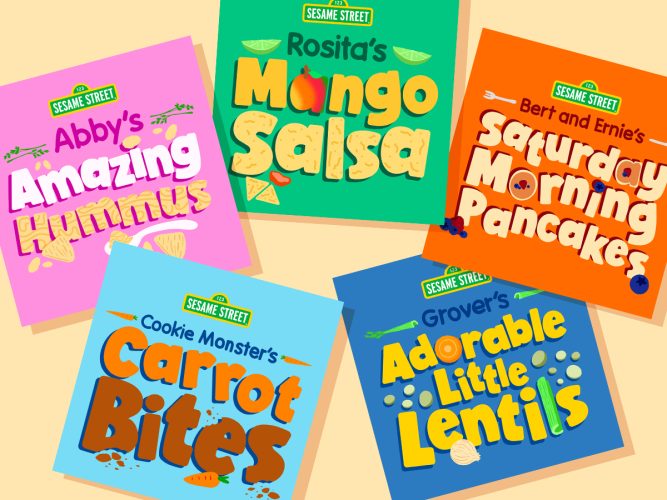
5 Healthy, Easy, Kid-Pleasing Recipes
Print and try these quick, nutritious snacks and meals made with inexpensive ingredients.
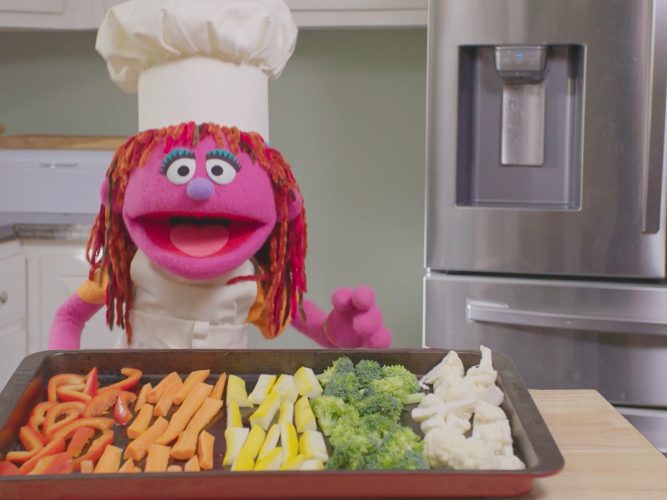
Chef Lily’s Tip: Roasting a Rainbow
A video about eating colorful roasted vegetables.
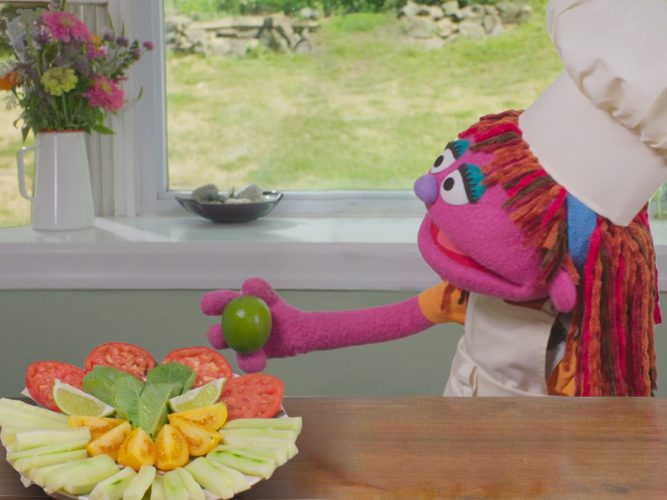
Chef Lily’s Tip: Lime It Up!
Watch Chef Lily’s video with your little one.
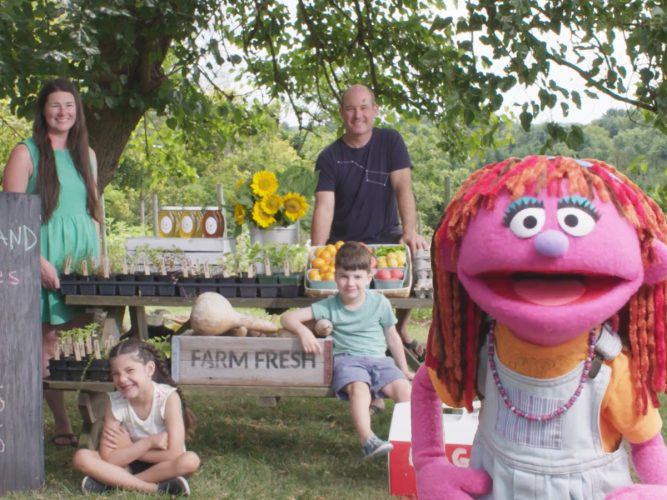
Farm-Fresh Food: The Kafarski Family
Watch the video together with children.
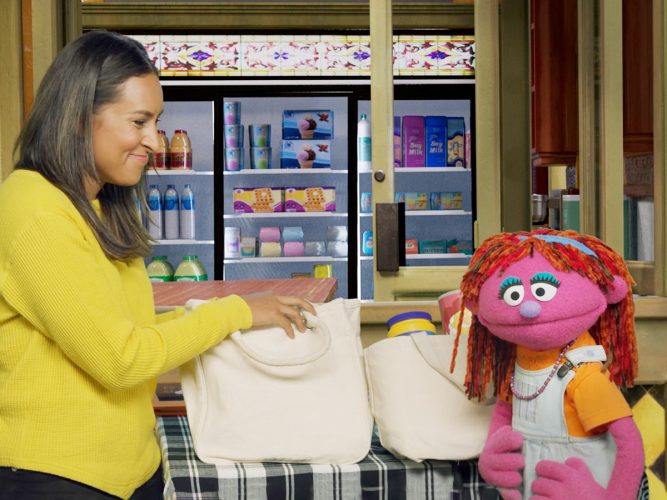
Food Insecurity
Health and well-being are rights for all children, but food insecurity affects many families.
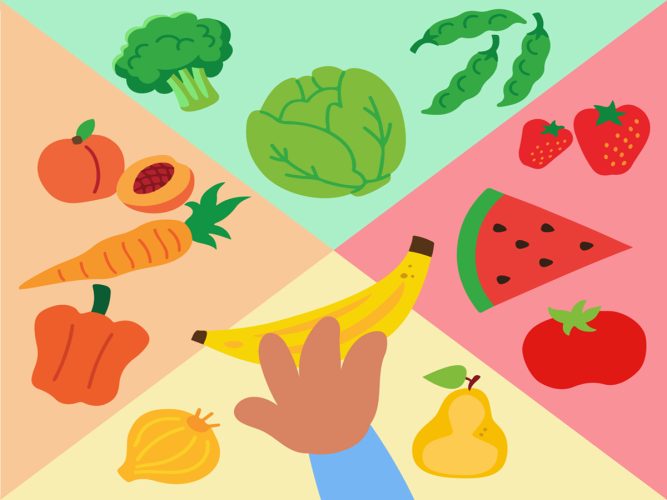
Growing Healthy Bodies and Minds with Sesame Street
In this webinar, Sesame Workshop’s Kama Einhorn, Director of Content Design, and Dr. Jennifer Shu, Medical Editor of HealthyChildren.org discuss the importance of healthy habits for young children and families.
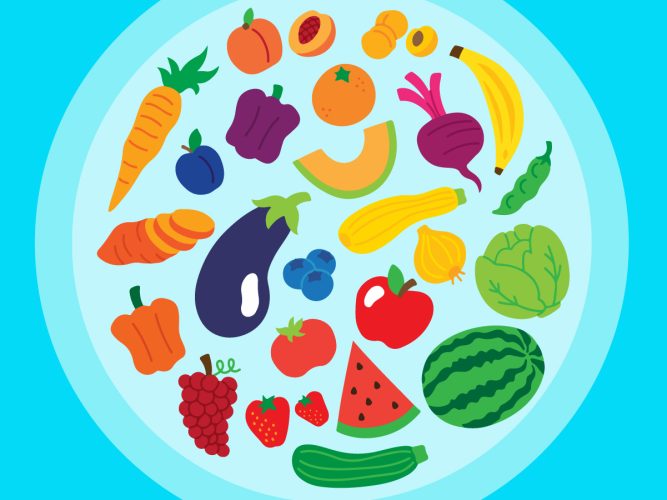
A Conversation on Healthy Habits
In this webinar, Sesame Workshop’s Kama Einhorn, Director of Content Design, and Dr. Glenn Flores, Chair of Pediatrics and Senior Associate Dean of Child Health at the University of Miami, discuss the importance of healthy habits for young children and families.
